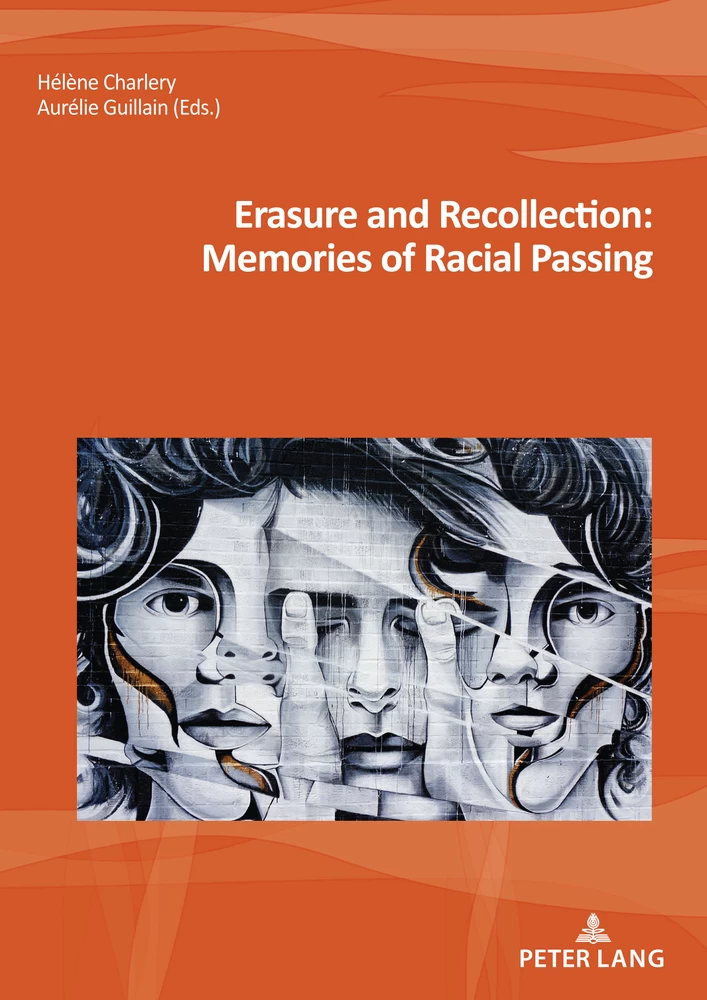The development of the African American community in Atlanta is a fruitful subject for the study of race in America. Racial policy and practice in response to emancipation and the failures of reconstuction were evolving in Atlanta during the late nineteenth and early twentieth centuries. Blacks and Whites in a rapidly growing city made for a volatile mix of people and sharply conflicting agendas. The size and structure of the African American community and the nature of its business and institutional development reveal sharply the problems of race in the leading city of the New South.
Sections:
- Introduction
- Context
- Community Development
- Business Enterprise
- Study Focus/Issues
- Recommended Resources
Introduction: Defining the Subject
“The problem of the twentieth century,” W. E. B. Du Bois wrote one hundred years ago, “is the problem of the color-line.” He was referring to the worldwide hierarchy of race that places lighter people over darker people. As educator, writer, and political activist he dedicated his life to the struggle for racial equality. But long before his death in exile, sixty years later on the eve of the civil rights March on Washington, Du Bois knew well that the color line would divide the world through the twenty-first century and, more likely, for centuries to come.
As race has been a persistent problem, so too has the study of race. The difficulty of confronting the pain and guilt of racial conflict has made race a virtually taboo topic of discussion and an elusive subject of study. The constantly changing racial references are telling examples of the ongoing difficulties in addressing race in this country. “We shall,” wrote teacher Leila Amos Pendleton, “as a rule speak of ourselves as “Negroes” and always begin the noun with a capital letter.” Recognizing, however, that in 1912 the word was considered by some a term of contempt, she hoped that in time “our whole race will feel it an honor to be called ‘Negroes’.” From the use of “colored” and “Negro” to “African American,” “Black,” and “Bi-racial,” the problem of naming and being named has reflected the struggles of the racial order. From “integration” of the 1950s through “maximum feasible participation” of the 1960s, to “diversity” of the present, the shifting terminology reveals the persistent problem of confronting race in public policy. But study promises clarity, forcing us to be explicit. Building effective frameworks for research may in time better structure private dialogue and public policy. This research guide is part of such an effort. It seeks to clarify terms, narrate critical developments, define issues, and identify relevant sources of information.
The focus of this research guide is the African American community in Atlanta during the twentieth century. From the perspective of a specific community in a particular place at a critical period, studying race becomes more manageable and gains depth. Since race is pervasive in American society, a wide variety of topics and research strategies would be fruitful for study. The development of the African American community in Atlanta, however, is a particularly fruitful subject for the study of race. Racial policy and practice in response to emancipation and the failures of reconstruction were evolving in Atlanta during the late nineteenth and early twentieth centuries. Blacks and Whites in a rapidly growing city made for a volatile mix of people and sharply conflicting agendas. The size and structure of Atlanta’s African American community and the nature of its business and institutional development reveal sharply the problems of race in the leading city of the New South. The research guide addresses the context within which the African American community evolved, highlights the community’s development, and assesses the impact of race…
Bi-racial and Bi-ethnic Atlanta
Until recent decades, Atlanta’s population, like that of the South, has been almost exclusively Black and White. Moreover, because Black labor and the racial climate tended to discourage large numbers of immigrants, Atlanta’s foreign-born population was only 3% at the turn of the century. Race in America, particularly in the South, has tended to override ethnicity. Race and ethnicity, however, overlap. Both terms incorporate ancestry, geographical origins, and cultural traits. By this definition Whites and Blacks belong to ethnic groups as well as to racial groups. In the South they were primarily of British and African ethnicity. There is a critical distinction, however, between race and ethnicity that informs the study of race in America. One’s ethnicity, unlike one’s race, can change. The acculturation of America’s Scotch-Irish, for example, has transcended their ethnicity. But race for the subordinate group is immutable. It is the biological given that generation after generation, in spite of any racial mixture or cultural assimilation, is never dissolved. Black ancestry, however distant or minimal, permanently identifies its descendants as Black. The immutability of Black racial identity is at the core of racism. White supremacy depends upon White racial purity. The absolute standard of White over Black would be subverted and unenforceable were Blacks allowed to breed out of their race.
The South, therefore, is hardly ethnically homogeneous as is often maintained. Only if the African American presence is ignored can one conclude that the South lacks ethnic diversity. Indeed, the South as a region is defined by its diversity, racial and ethnic. The biracial and bi-ethnic character that flows from British and African ancestry has driven the South, its politics, economics, and culture. The Atlanta story tells how American racism rose to new heights with the system of Jim Crow and how that system operated as both constraint and opportunity in the development of the city’s African American community.
The Rise of Jim Crow
Although the Civil War overturned slavery, another system of racial domination was developed to replace it. Jim Crow, as it came to be called, reached its full flowering in Southern cities like Atlanta by the turn of the twentieth century. In the rural areas, the cotton economy ensured continuities in the control of Black life and labor. But in the city, where there were no such economic continuities, it was necessary to find new ways to secure White supremacy. And in a city like Atlanta where commerce and industry were in their infancy and where Black and White migrants were at times in competition for the same jobs and living space, Black subordination had to be institutionalized in law and custom. Jim Crow legislation reflected the failures of reconstruction as Whites were restored to political power and the controls of slavery were extended. The prohibition of marriage between Whites and Blacks was one of the first pieces of legislation that sought to protect the very heart of White supremacy. Making interracial marriage illegal denied to mixed race children all claims to White property and, more significantly, to White identity. The codes that restricted property ownership and the vagrancy laws that permitted forced labor were other early attempts to maintain the controls of slavery. The White-only primary and the institution of voter qualifications guaranteed Black disfranchisement. Blacks were subjected to racially segregated schools, streetcars, libraries, restaurants and parks. The urban environment created new opportunities for the application of Jim Crow. Atlanta relegated Blacks to separate elevators. The new zoo at Grant Park provided separate entrances, exits and pathways for Blacks and Whites. Atlanta became the first Georgia city to legislate segregation in residential areas. There was virtually no area of Black life that was not restricted by Jim Crow…





